A Biography of the Indian Nation, 1947-1997
Synopsis
What makes a nation a nation? A Biography of the Indian Nation contextualises this question in a uniquely new paradigm by concentrating on the post-colonial phase rather than the colonial period of Indian history in charting the evolution of Indian nationalism. It gives primacy to politics rather than concentrating merely on historicism and cultural analysis. As Professor Samaddar argues, it is only with the assumption of state power that the nationalist journey in India can be said to have begun in earnest. He focuses on encounters between the Indian nation and its myriad ';constituents'—rebels, communities, citizens and aliens—as well as with democracy, both conceptually and practically. Beginning with a retrospective look at a critical event—the partitioning of India—through which an 'inadequate' nation became 'adequate', the first chapter examines the theme which underpins the entire volume : the forms and theatres of adjustment and readjustment central to the evolution of Indian nationhood. Revolutions, passive revolutions, and other defining tools of nationality—including territoriality, citizenship, federality, and war and peace—are thus located logically in the context of 'nationality'. The second and third chapters chronicle the attempts are rebellion, especially peasant and student rebellions, and their subsequent defeat, while the fourth looks at the twin jeopardies of caste and communalism and the nation's attempt to tackle them. The next chapter deals with India's elections as an account of a nation legitimised, while Professor Samaddar argues in the sixth chapter that the recognition of the nation's two subjects—the citizen and the alien—as well as of the notion of borders and of transborder flows is integral to defining a theory of citizenship. In the seventh chapter, the autobiographies of three women are used to demonstrate how domesticity becomes crucial for a nation to become complete by arranging the public space within nationalist politics operates. The last chapter deals with war without which, the author demonstrates, no nation can become a nation. The volume offers elegant and lucid analysis of a complex and dynamic process, delineating a theory of Indian nationalism that is not only unique in its approach but exhaustive in its scope. Essential reading for theorists and scholars in the fields of political science, history, sociology and governance, this book by an erudite and sensitive scholar will also be of considerable interest to the lay reader.
Read more
32.40
29.16
$
36.00 $
Free delivery Wolrdwidе in 10-18 days
Ships in 1-2 days from New Delhi
Membership for 1 Year $35.00
Get it now and save 10%
Get it now and save 10%
BECOME A MEMBER
Books by the same author

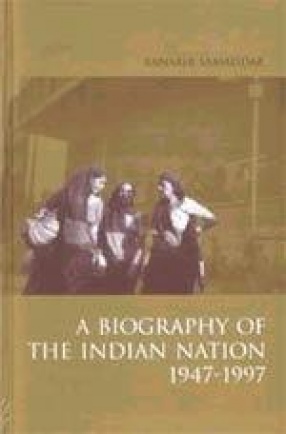
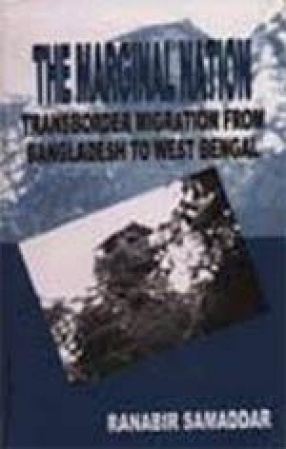
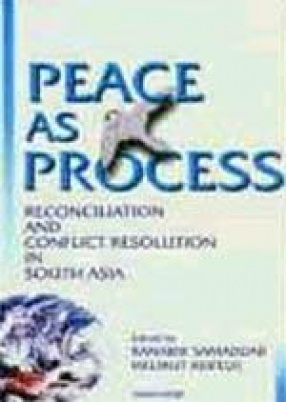
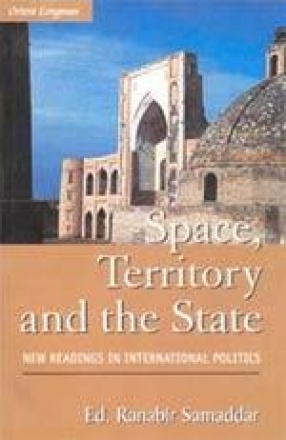

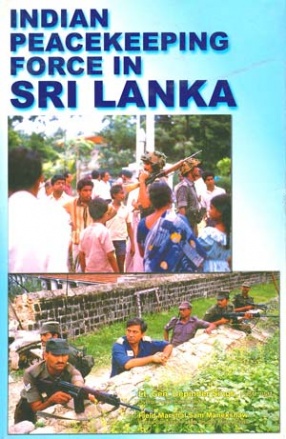
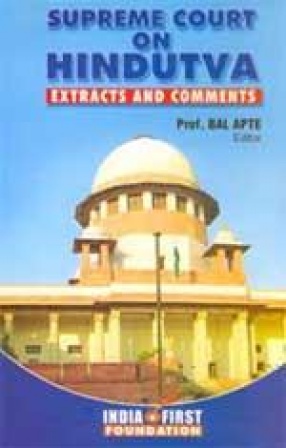
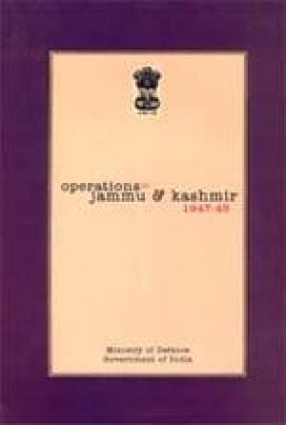
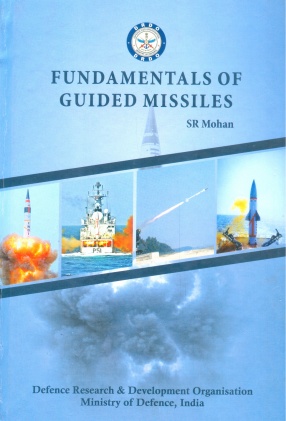

Bibliographic information